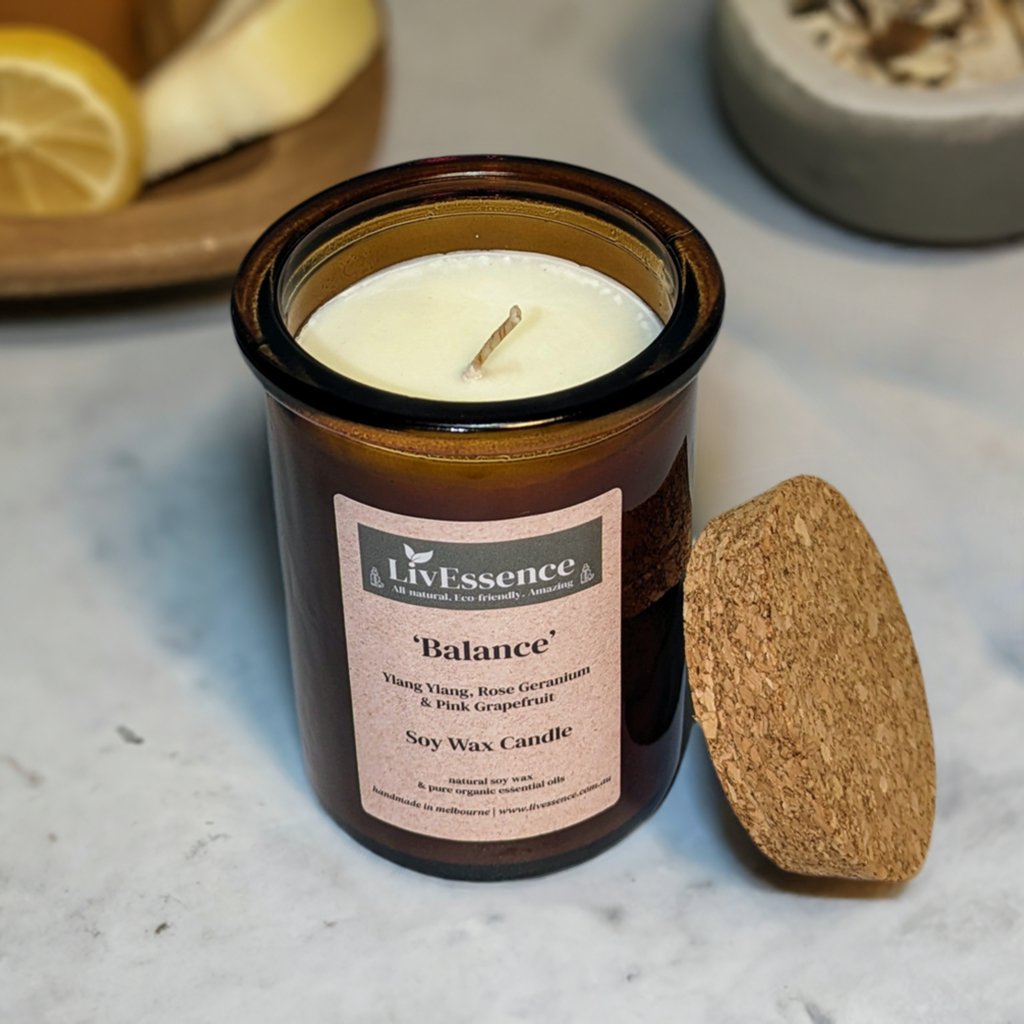Shop Sustainable Soy Wax Candles and Home Fragrance Collections
Shop Sustainable Soy Wax Candles and Home Fragrance Collections
Blog Article
From Wick to Wax: Recognizing the Chemistry Behind Soy Wax Candles and Their Environmental Influence
As we illuminate our spaces with the warm glow of candles, there lies a realm of complex chemistry behind the relatively simple act of lighting a soy wax candle light. The selection in between soy and paraffin wax expands past plain visual appeals, diving right into the realm of ecological influence and the really make-up of the products. Comprehending the molecular framework of soy wax and its combustion procedure clarifies the discharges released into our surroundings. Join us as we unwind the clinical complexities behind soy wax candles and discover their implications on our environment.
Soy Wax Vs. Paraffin Wax
When contrasting soy wax and paraffin wax for candle making, it is important to comprehend the unique qualities and advantages of each material. Soy wax is a natural, renewable energy derived from soybean oil, making it eco-friendly and environment-friendly - candles. In comparison, paraffin wax is a by-product of oil refining, which raises issues concerning its environmental influence and sustainability
Soy wax candles melt cleaner and give off much less soot compared to paraffin wax candle lights, making them a healthier selection for indoor air high quality. Additionally, soy wax has a reduced melting factor, enabling a longer-lasting candle light that distributes scent much more successfully. Paraffin wax, on the various other hand, tends to burn faster and much less easily, potentially releasing dangerous chemicals right into the air.
From a sustainability perspective, soy wax is preferred for its biodegradability and sustainable sourcing, aligning with the expanding consumer preference for eco aware products. While paraffin wax has actually been a standard choice in candle light making as a result of its affordability and simplicity of use, the shift towards environment-friendly alternatives like soy wax is obtaining energy in the market.
Chemical Make-up of Soy Wax

Combustion Refine in Soy Candles
The chemical composition of soy wax directly influences the burning process in soy candle lights, affecting elements such as burn time, fragrance release, and ecological effect. When a soy candle light is lit, the warmth from the fire thaws the wax near the wick. This liquid wax is after that prepared the wick because of capillary action. As the liquid wax reaches the fire, it evaporates and undertakes combustion. The burning procedure includes the vaporized hydrocarbons over here in the wax responding with oxygen in the air to create warm, light, water vapor, and co2.
The combustion effectiveness of soy candles is influenced by the purity of the soy wax and the high quality of the wick. A clean-burning soy candle light with an appropriately sized wick will generate a steady fire and reduce residue formation. This not just prolongs the melt time of the candle but likewise improves the launch of fragrances. In addition, soy wax candle lights have a lower ecological influence compared to paraffin look at these guys candles because of their biodegradable and sustainable nature.

Environmental Advantages of Soy Wax

Considered a sustainable option to conventional paraffin wax, soy wax uses remarkable ecological benefits that make it a prominent selection among eco-conscious customers. Soy wax burns cleaner and produces much less residue than paraffin wax, contributing to far better indoor air high quality and lowering the need for cleansing and upkeep. Generally, the ecological benefits of soy wax align with the growing demand for sustainable and environmentally friendly items in the market.
Recycling and Disposal Considerations
Recycling and correct disposal of soy wax candle lights play an essential duty in preserving environmental sustainability and decreasing waste in communities and households. When it comes to recycling soy wax candles, the first action is to guarantee that the candle light has actually melted totally.

In regards to disposal, if recycling is not an alternative, soy wax candle lights are eco-friendly and can be safely like this dealt with in the majority of household waste systems. Nevertheless, it is constantly suggested to talk to regional reusing facilities or waste management solutions for certain standards on candle disposal to make certain correct handling and ecological defense.
Verdict
In final thought, the chemistry behind soy wax candle lights exposes their ecological benefits over paraffin wax candle lights. Soy wax, obtained from soybean oil, burns cleaner and creates much less residue when compared to paraffin wax.
When contrasting soy wax and paraffin wax for candle production, it is vital to understand the distinct characteristics and benefits of each material (home fragrance).Soy wax candles melt cleaner and release less soot compared to paraffin wax candle lights, making them a healthier option for interior air top quality.Taken into consideration a sustainable choice to standard paraffin wax, soy wax offers remarkable environmental benefits that make it a popular selection among eco-conscious consumers. Soy wax burns cleaner and produces much less residue than paraffin wax, adding to better interior air top quality and lowering the need for cleansing and upkeep.In conclusion, the chemistry behind soy wax candles reveals their ecological advantages over paraffin wax candle lights
Report this page